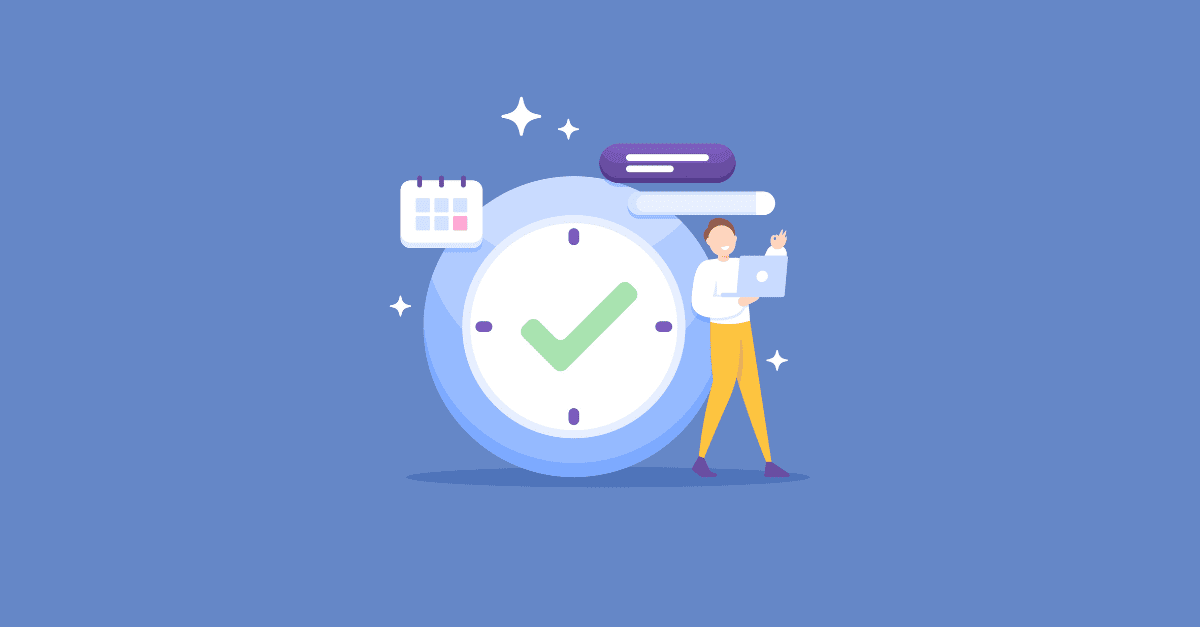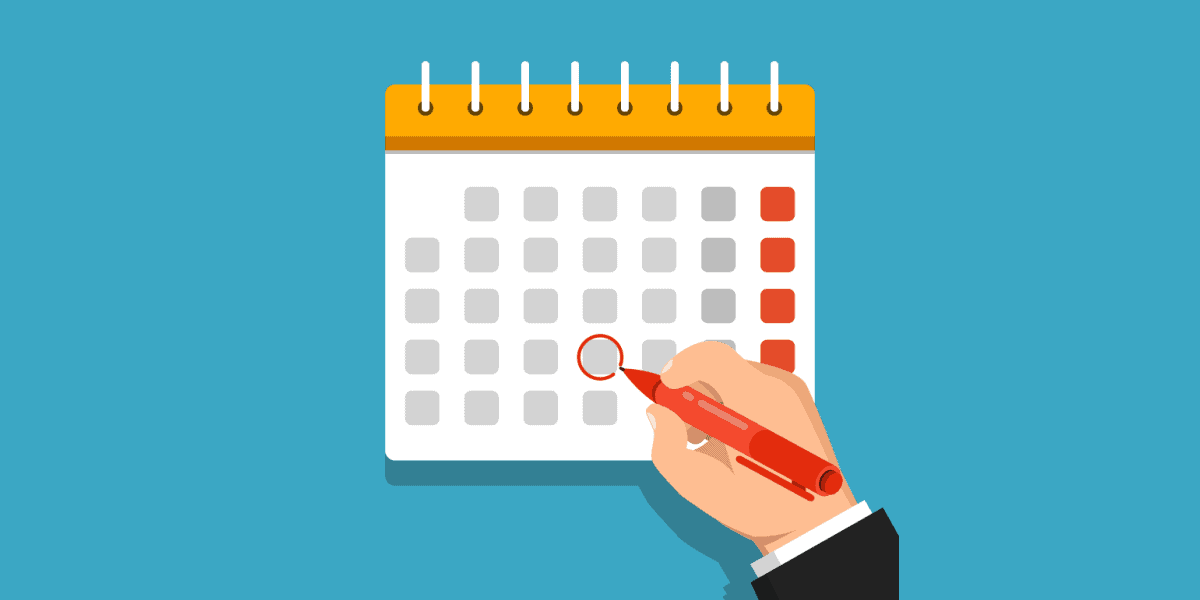
Wind-Down Tonight And Boost Your Sales Tomorrow
Written By: Jeff Kahn
Build a Buffer Between Work and Sleep
A productive day tomorrow begins with good sleep hygiene tonight. Find out how you can get better sales results just by scheduling an evening wind-down period before bed.
How Does Winding Down Help Your Sleep Hygiene?
Sleep debt is one of two essential elements of your sleep hygiene. The other is your circadian rhythm—the ebb and flow of energy and other factors that your body experiences throughout the day.
Purposefully aligning yourself with your circadian rhythm will put you in step with what your body naturally craves. Your rhythm has a bearing on everything from your sleep and wake times to your meal times to your most challenging work projects (the latter of which should be scheduled to correspond with your two daily energy peaks).
The internal clock that dictates your circadian rhythm is sensitive to several cues, but light and temperature are the most powerful. As you enter your evening wind-down period—ideally, about 2-3 hours before you go to sleep—you’re also entering what’s scientifically known as the Dim Light Melatonin Onset, or DLMO.
What is Dim Light Melatonin Onset?
During DLMO, your brain perceives that the sun is dimming, and produces more of the sleep hormone melatonin in response. It’s priming you for bed, and it’s your job to work with it, not against it. That means avoiding any light source that will trick your brain into curbing its melatonin production. As you ready yourself for sleep, your body temperature also cools, further encouraging sleepiness.
Getting into the right mindset for your evening wind-down is also paramount to achieving deep, natural sleep. You want to feel relaxed and unburdened, so that the journey into sleep is a relatively smooth one. But often, people end up busy, anxious, and unable to fall asleep as quickly as they’d like.
When you’re not sleepy, and especially when you’re actively worried or engaged, you’re in a state of arousal. This is the antithesis of the relaxed mindset you want before bed. Arousal is encouraged by activities that demand a lot of attention and/or emotion, such as streaming an exciting television show, taking on another work task, or running through all of your thoughts and anxieties about the next day.
At the extreme end of arousal is hyperarousal—a state of alertness and stress that puts your body into fight-or-flight mode, commonly experienced by those who suffer from insomnia and PTSD.
Anxious thoughts about work are a particular obstacle to a salesperson’s sleep. They don’t just keep you from falling asleep—they also disrupt the sleep you’re able to get, and make waking up in the morning more difficult. This is why it’s so important to mentally detach from work during your wind-down period.
How Does Winding Down Guard Against Burnout?
As we’ve learned, catching up on sleep is the best way to prevent burnout, and the wind-down period certainly facilitates that goal. But it also fights back against burnout on its own, independent of sleep.
Setting aside time to consciously unplug from work will address another known cause of burnout: “thoughts of work during leisure time.” Psychological detachment from work—while you’re not at work—reduces the mental strain of burnout. It’s also been shown to elevate mood, reduce fatigue, and boost subsequent work performance.
Stressors that occur directly at work, such as demanding quotas, uncommunicative bosses, or difficult clients, also contribute to burnout. However, research indicates that it’s our response to stress, and our tactics for recovering from it, that affect our wellbeing the most.
Sustained Stress Is Serious
The “sustained cognitive representation” of your stressors affects your body as well as your mind, and can lead to serious health consequences in addition to burnout. For example, we know that ruminating on past stressors and worrying about future ones can activate your autonomic nervous system for hours beyond the thoughts themselves, and even into your sleep. This “unconscious stress” takes a toll on your body, despite the fact that you’re not always aware of it.
Put another way, it’s not that you have to lead a big meeting that’s causing burnout and fatigue, necessarily—it’s the fact that you can’t stop thinking about the meeting, and haven’t empowered yourself to recover from the resultant anxiety. Your wind-down period is your time to do so.
What Does an Effective Wind-Down Period Look Like?
Hopefully, you now believe in the necessity of a nightly wind-down period as a sleep aid and an anti-burnout measure—but you may be wondering what exactly a wind-down period should include. Here are our recommendations for making the most of this window:
Be Dedicated and Consistent.
- Schedule your wind-down period with the same commitment as you would any sales task. Remember, recovery is essential to productivity.
- Keep your wind-down at the same time each night. Regularity is huge when it comes to aligning with your circadian rhythm (and adjusting to any new habit).
Keep the Lights Dim or Off.
- Turn off as many lights as you can. Sub in candles for electric lighting, or dimmer lamps for overhead ones.
- Avoid exposure to the blue light that comes from your screens. Some devices offer light-desaturating filters, but the jury is out on their efficacy. We recommend wearing blue light blocking glasses if you can’t completely ditch your screens.
Work with Your Body’s Natural Temperature Drop
- Keep your bedroom cool, in line with your body’s eventual at-rest temperature. We recommend 65–68 degrees Fahrenheit.
- Before bed, take a shower or bath. The temperature differential created by stepping out of the hot water and into the cool air matches well with your circadian temperature dip, and helps sleep along.
Let Go Of Your Work-Related (and Other) Worries
- Try to detach from thoughts of work and other stressors. Immerse yourself in total me-time—meditate, do yoga, read, or try other activities that clear your mind.
- Refrain from activities that promote arousal. That means minimal Netflix, video games, social media, etc. And definitely no work tasks! You want this to be a period of mental deceleration, when your mind can slow into serenity.
- If you’re prone to ruminating on what the next day holds, you can perform what’s called a brain dump. Give yourself 15 minutes or so to focus on and write down all of the items that are causing you to worry. They can be clear to-dos or vague sources of anxiety—the brain dump has no hard and fast rules. Offloading these thoughts in a brief time slot like this can help you to purge them before bed, allowing you to fall asleep without interruption.
- Want more direction? Try a more specific version of the brain dump, one that psychologist and sleep researcher Julio Fernandez-Mendoza calls “constructive worry time.” Get a piece of paper, and separate it into two columns. In the first column, list out your worries and to-dos. In the second, give each item in the first column three potential solutions. Limit yourself to 15 minutes of writing! According to Fernandez-Mendoza, this practice signals to your brain that the current work day is over, and that you’re well-equipped to deal with the challenges of tomorrow.
- Experiment with different relaxation techniques designed to lower stress and promote sleep. These can include deep, diaphragmatic breathing, progressive muscle relaxation, and listening to ambient sounds.
Our FREE guide, Seven Rules of Sales Negotiation, will help you go toe-to-toe with modern buyers and negotiate the prices, terms, and conditions you deserve.
About the author
Jeff Kahn
Jeff Kahn is Co-Founder and CEO at Rise Science. Rise works with sales organizations to…
Get FREE Sales Training Delivered to Your Inbox
Join more than 360,000 professionals who get our weekly newsletter.
Related Articles

Learn Online
Self-paced courses from the
world's top sales experts

Virtual Training
Live, interactive instruction in small
groups with master trainers

Coaching
One-to-one personalized coaching
focused on your unique situation






